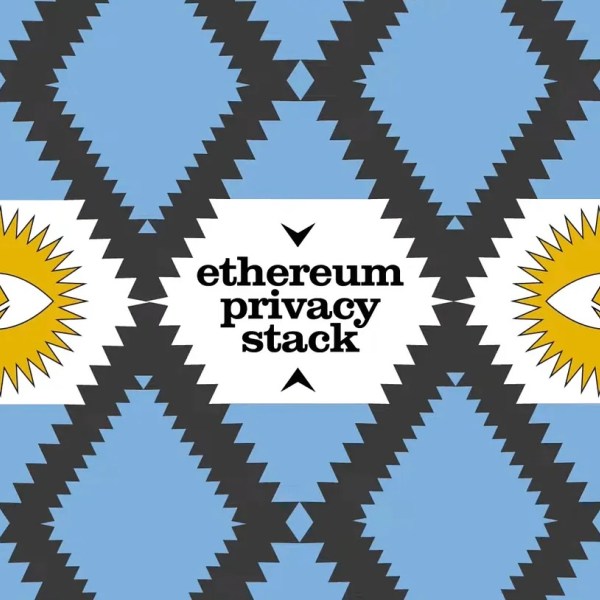Stellar Lumens (XLM): A High-Conviction Play for $0.50 Breakout Amid Institutional Adoption and Strategic Upgrades
- Stellar Lumens (XLM) trades near $0.38–$0.40, forming a Bull Flag pattern with potential to reach $0.97 if $0.50 breakout confirms. - Institutional partnerships (PayPal, Societe Generale-FORGE) and $400B+ RWA tokenization validate Stellar's cross-border payment and liquidity infrastructure. - Protocol 23's parallel transactions enhance scalability, enabling $4B+ RWA payments while maintaining low costs and speed. - $0.50 level represents strategic milestone aligned with Fibonacci levels and institutional
In the ever-evolving landscape of blockchain and digital finance, Stellar Lumens (XLM) has emerged as a compelling case study in institutional adoption, technical resilience, and strategic innovation. As of August 2025, XLM is trading near $0.38–$0.40, forming a textbook Bull Flag pattern—a continuation setup that could propel the token toward $0.97 if confirmed. However, the $0.50 level is a critical inflection point , and the confluence of institutional partnerships, tokenized real-world assets (RWAs), and protocol upgrades makes this breakout not just plausible but strategically inevitable.
Institutional Adoption: Bridging Traditional and Digital Finance
Stellar's institutional partnerships in 2025 have cemented its role as a backbone for cross-border payments and RWA tokenization. PayPal's integration of PYUSD and Societe Generale-FORGE's EURCV stablecoins on the Stellar network has enabled real-time, low-cost remittances and liquidity solutions. These partnerships are not mere technical integrations—they represent a validation of Stellar's compliance-first infrastructure. For instance, Franklin Templeton's tokenized U.S. Treasuries and Etherfuse's Mexican stablebonds (backed by government debt) demonstrate how Stellar is democratizing access to traditionally illiquid assets.
The Stellar Development Foundation's (SDF) alignment with the ERC-3643 Association—a global initiative promoting open standards for tokenized assets—further underscores its institutional credibility. This alignment ensures Stellar's tokenized assets meet regulatory expectations, attracting institutional players like Franklin Templeton and Archax. By Q2 2025, Stellar had tokenized over $400 billion in RWAs, with $515 million in on-chain value, a 18% year-over-year surge. These figures highlight Stellar's growing utility in commercial real estate, emerging market debt, and U.S. Treasuries, all of which are poised to drive demand for XLM as a settlement and liquidity layer.
Technical Momentum: A Breakout on the Horizon
From a technical perspective, XLM is in a consolidation phase within a tight range of $0.38–$0.40. The 50-day moving average (MA50) at $0.38–$0.39 acts as a dynamic support level, while the 200-day SMA at $0.374 suggests a long-term uptrend. Recent data shows a 24-hour trading volume surge to $325.33 million, with 72.9% of volume driven by buyers—a sign of institutional accumulation.
The RSI and MACD indicators tell a compelling story. The RSI, hovering just below 50, indicates weakening bearish momentum, while the MACD flattening in negative territory suggests a potential reversal. A breakout above $0.40 resistance could trigger a cascade of stop-loss orders and technical buying, targeting $0.50 next. If XLM sustains a close above $0.40, the measured move of the Bull Flag pattern historically points to $0.97. However, the $0.50 level is a psychological and strategic milestone, as it aligns with Fibonacci retracement levels and institutional buying thresholds.
Strategic Upgrades: Protocol 23 and the Path to Scalability
Stellar's Protocol 23, launched in September 2025, is a game-changer. This upgrade introduces parallel transactions, enabling the network to process multiple transactions simultaneously rather than sequentially. This innovation is critical as Stellar handles millions of transactions daily and facilitated $4 billion in RWA payments in Q2 2025 alone. Parallel processing ensures the network can scale without compromising speed or cost efficiency—key attributes for institutional-grade infrastructure.
Additionally, Protocol 23 enhances developer tools and smart contract capabilities, attracting projects focused on tokenizing assets like commercial real estate and government bonds. The Stellar Development Foundation (SDF) has emphasized that these upgrades are foundational for the next phase of RWA tokenization, particularly in emerging markets where high minimums and low liquidity traditionally hinder access. For example, Franklin Templeton's intraday yield feature—offering second-by-second yield distributions—is being built on Stellar, showcasing the network's ability to support complex financial innovations.
Investment Implications: A High-Conviction On-Ramp to the Future
The convergence of institutional adoption, technical momentum, and strategic upgrades positions XLM as a high-conviction play for the $0.50 breakout. Here's why:
- Institutional Utility: As more institutions tokenize assets on Stellar, demand for XLM as a bridge and liquidity asset will rise. The network's role in cross-border payments (e.g., MoneyGram's USDC integration) further amplifies this demand.
- Technical Catalysts: A breakout above $0.40 resistance could trigger a rally to $0.50, with follow-through volume validating the trend. Traders should monitor the 50-day SMA and Fibonacci 61.8% retracement level at $0.3873 for short-term pivots.
- Strategic Positioning: Protocol 23's scalability and RWA tokenization frameworks align with macroeconomic trends favoring digital infrastructure. With $222 million in stablecoin supply and $150 million in DeFi TVL, Stellar's ecosystem is maturing rapidly.
Conclusion: A Strategic Bet on the Future of Finance
Stellar Lumens (XLM) is at a pivotal inflection point. The $0.50 level is not just a price target—it's a validation of Stellar's role as a bridge between traditional and decentralized finance. With institutional partnerships expanding, technical indicators aligning, and protocol upgrades enhancing scalability, XLM is uniquely positioned to capitalize on the tokenization wave. For investors, the current consolidation phase offers a rare opportunity to enter at a favorable price point, provided the breakout is confirmed. As the global financial system continues to digitize, Stellar's infrastructure is poised to become a foundational layer for cross-border payments and RWA tokenization—a compelling case for long-term conviction.
Disclaimer: The content of this article solely reflects the author's opinion and does not represent the platform in any capacity. This article is not intended to serve as a reference for making investment decisions.
You may also like
Ethereum Privacy’s HTTPS Moment: From Defensive Tool to Default Infrastructure
A summary of the "Holistic Reconstruction of Privacy Paradigms" based on dozens of speeches and discussions from the "Ethereum Privacy Stack" event at Devconnect ARG 2025.

Donating 256 ETH, Vitalik Bets on Private Communication: Why Session and SimpleX?
What differentiates these privacy-focused chat tools, and what technological direction is Vitalik betting on this time?

Ethereum Raises Its Gas Limit to 60M for the First Time in 4 Years

DeFi: Chainlink paves the way for full adoption by 2030
